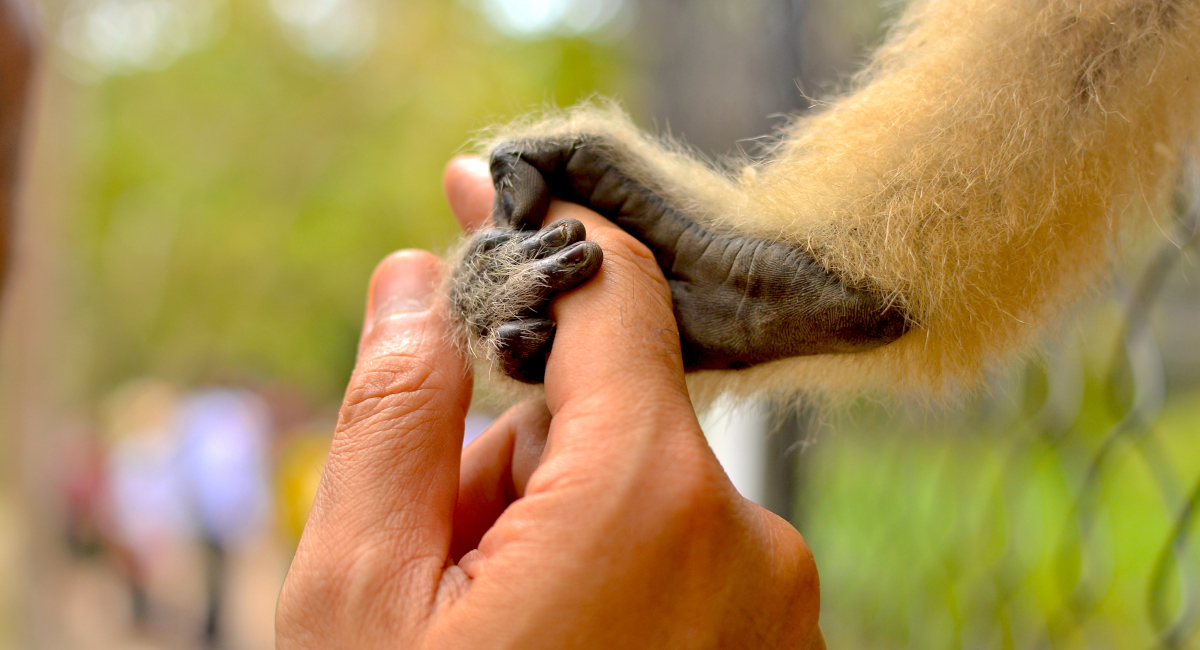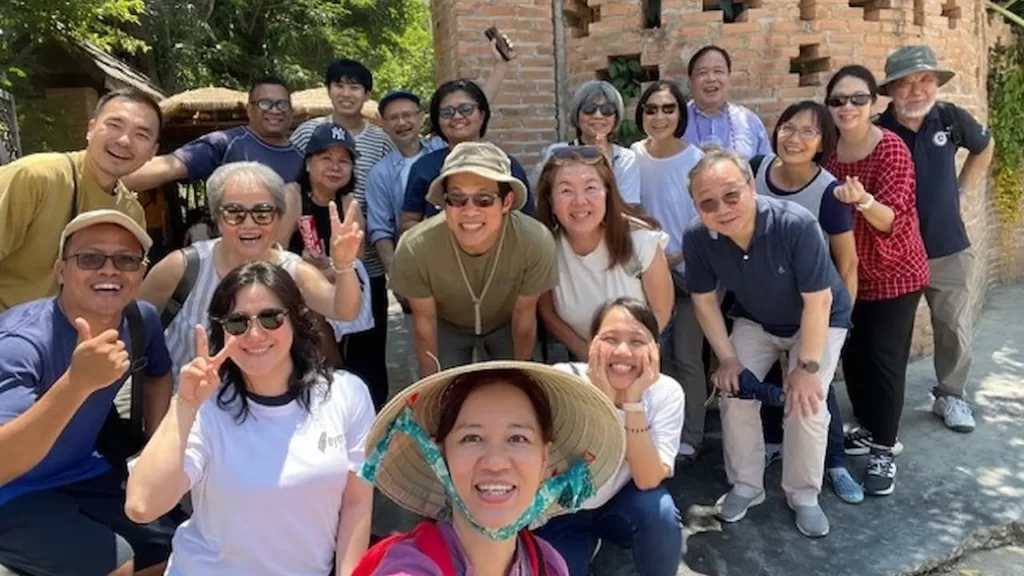
The overall message of the report was that “the international community is falling far short of the Paris goals, with no credible pathway to 1.5°C in place. Only an urgent system-wide transformation can avoid climate disaster.” At the same time, several other reports claimed that we will most likely miss the 1.5°C mark, that within a decade or so, we will cross this limit that defined what was safe for us all. Thus, as COP27 began earlier this week in Sharm el-Sheikh, Egypt, it is hoped, once again, that world leaders will act more decisively towards drastically reducing global greenhouse gas emissions.
Given this situation, the call for ecological conversion has become more urgent. But how exactly do we define ecological conversion? What does ecological conversion look like? How do we know that we are on the path that leads to conversion?
Perhaps the first time the term “ecological conversion” was used was during a general audience with Pope John Paul II in 2001, who said: “We must therefore encourage and support the ‘ecological conversion’ which in recent decades has made humanity more sensitive to the catastrophe to which it has been heading. Man is no longer the Creator’s ‘steward’, but an autonomous despot, who is finally beginning to understand that he must stop at the edge of the abyss.”
Unfortunately, rather than slow down, our destructive practices have further intensified. Thus, in 2015, Pope Francis wrote in Laudato Si’ that “the ecological crisis is also a summons to profound interior conversion…. So what they all need is an ‘ecological conversion’, whereby the effects of their encounter with Jesus Christ become evident in their relationship with the world around them.” Through these two quotes we see a two-step process: first, a deeper awareness of the social and ecological crises and our role in it, and by the gift of God’s grace, a journey of conversion is initiated, hopefully leading us towards a greater sense of care and action.
In varying degrees, most of us already do what we can to help. As we look at our own selves and our practices, we may ask, is switching to LED light bulbs already a sign of ecological conversion? How about refusing to use plastic straws or single-use plastic water bottles? If I exchange my gasoline car for an electric one, does that mean I am one of the converted?
One of the ways to recognise ecological conversion is through three characteristic transitions. First is regarding every creature as subject rather than as mere object. Each creature has its own inherent value that comes from God, making every creature worthy of our respect. This leads us away from a misguided anthropocentrism that gives us the mistaken impression that we are at liberty to decide which creatures are valuable and which are not.
Second is understanding and acknowledging the interdependence of all creation much more than the independence of each creature. For too long we have understood creation simply as a collection of distinct parts and have under-appreciated how every single creature supports the grand system of life. Our analytic tendency to take things apart and not see the synthetic whole is one of the main reasons why we do not seem to know how to properly care for creation.
Third, and finally, is emphasising communal and not only individual support. Resilience is dependent on diverse yet cohesive communities rather than single individuals, no matter how strong they are. This sense of community surely includes all other creatures, relating as St Francis did with brother sun and sister moon.
These transitions are not easy but necessary for ecological conversion. However, small actions, such as saying no to single-use plastics, are not meaningless, especially when adapted across many institutions and communities. Thus, ecological conversion doesn’t happen all at once, but is a path laid out in stages. The first and easiest stage is about quick changes and simple actions, like shifting to energy-saving LED bulbs. But the quality of our lifestyles generally goes on unchanged. The second stage involves more understanding of the situation, on the level of the mind. There is greater investment of time and energy in doing concrete actions. However, the sense of alienation from and commodification of nature remains more or less the same. Finally, the third stage happens within our heart, when all others are treated with due respect, where there is communion and even affection for all God’s creatures. There is a generosity and a willingness to sacrifice what one has for the wellbeing of the other.
In the end, ecological conversion is really a gift, a grace given by God. But our task is to keep our hearts open and to beg for this grace. Surely, we will all need some form of ecological conversion, especially in responding to the climate and ecological crises. May the Lord strengthen and guide us, whatever the future may bring.







